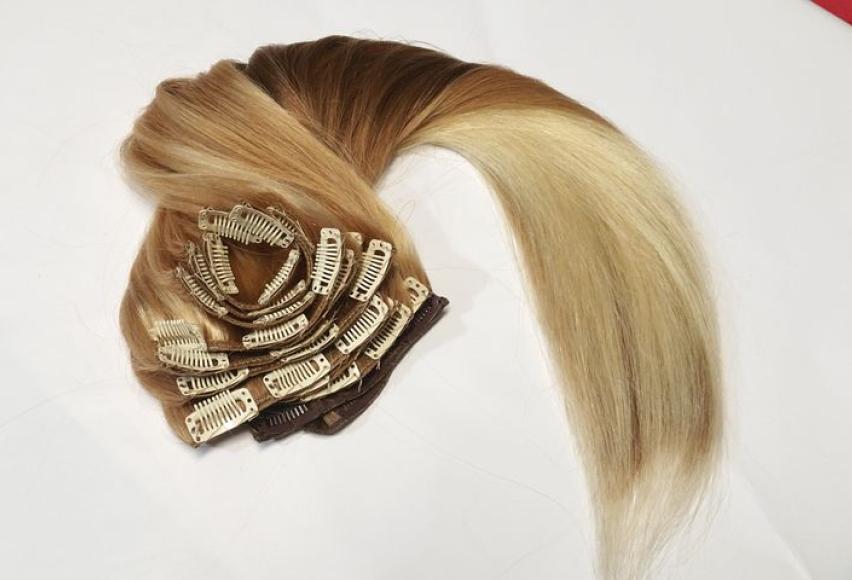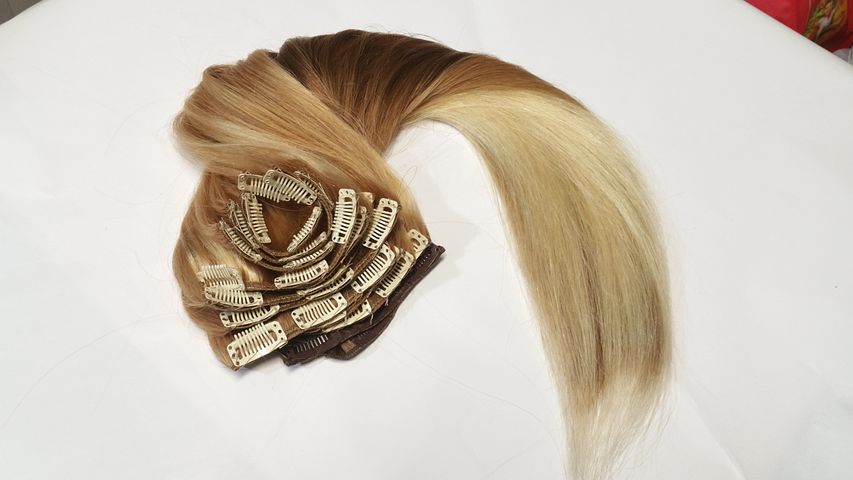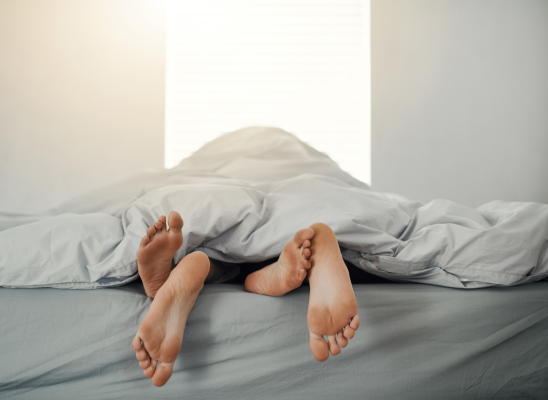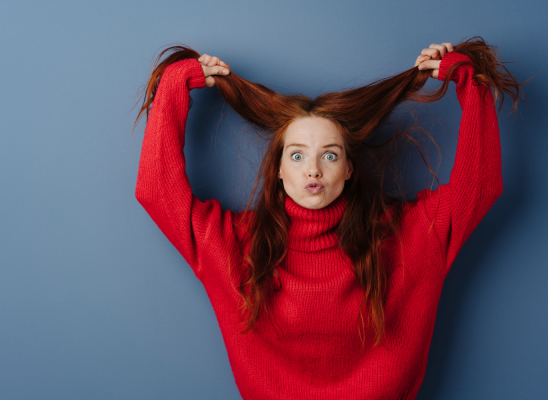Scalp Care for Hair Extensions

Online test
Find out the severity of your symptoms with this free online test
Hair extensions are instantly gratifying and can be an enormous morale booster – giving immediate body to fine hair, or enabling a change in style for a special event. For people with trichotillomania it can also mean the difference between going out or becoming socially isolated for shame of the condition of your hair due to constant hair pulling. However for some having them in can also be a trigger for hair pulling due to itchiness, dandruff and dry scalp. It is therefore important to take care of your scalp when trying out weaves or other hair extensions in order to avoid increased hair pulling episodes. Keeping hair extensions in for an extended period can cause a lot of damage, and can leave you with less hair than you started with. Old-fashioned hair extensions were put in by weaving threads with hair attached between your natural hair.
Tips for scalp care
Use a Sunscreen for Your Hair
Studies suggests utilizing gentle items that can shield your hair from UV beams. Items like Living Proof Restore Instant Protection Spray and Alterna Bamboo Beach BB Beach Balm for Hair are intended to shield your hair from the sun, which can get dried out your strands and make your hair more breakage-inclined. (UV beams can likewise blur your hair shading.)
Take a Supplement
Search for hair supplements that contain dark currant seed oil and vitamin E. The previous contains useful for-hair acids that have been appeared to empower hair development; the latter has appeared to expand slender development, which builds blood dissemination around the hair follicles and helps hair develop more full, shinier, and split end free.
Sleep on a Silk Pillowcase
While you sleep, your pillowcase is sucking up oils from your hair that are essential for its health. Silk, however, keeps the natural oils on your hair where they belong. Plus, silk doesn’t create frizz- and split end-causing friction.
Eat Beans and Lentils
These are packed with protein, iron, zinc, and biotin, which can seriously improve the health of your hair. Protein and iron help your hair grow stronger and fuller by nourishing the hair follicle, while studies suggest that zinc and biotin can help prevent hair loss and even help you grow more hair.
See a Dermatologist
If you experience traction alopecia, see your dermatologist. They can help you come up with a sustainable plan for your hair health. You can stop this type of hair loss and reverse it if you catch it early and take away the tension on the roots of your hair, according to a study by Johns Hopkins Medicine. You can lessen your chances of developing traction alopecia by giving your hair a break between extension sessions.

More than just a weave
While having hair extensions can help when you are learning to manage your hair pulling, it is important to address the behavior using a holistic approach. The various treatment approaches to trichotillomania are:
Exercise
Fortunately for the individuals who experience the ill effects of this condition, there are many sources of help. One of the most ideal approaches to dispose the feelings of stress and anxiety that are frequently part of suffering from trich is by getting enough exercise every day. Exercise has over and again been appeared to have good short term and long term benefits. When individuals exercise a few times each week, they can focus on a single activity and annihilate everything else. This sort of sustained focus can be great at helping to relieve both stress and anxiety. In the short term, exercise can discharge chemicals that cause a sentiment feeling of well-being and even euphoria. In the longer term, exercise can help people become fitter and more in shape. This can help people feel good about themselves and feel confident each day when they are out in public. Such a feeling can really help those who feel the desire to habitually pull hair. Studies prove that when a sufferer is working out, they are not thinking about the things that make them feel anxious and stressed.
Medication
Several medications have been utilized to treat trichotillomania, in spite of the fact that there haven't been some expansive scale clinical trials on them. In the event that health care professionals treating you prescribes a specific drug, they ought to talk about the conceivable dangers and advantages with you, including any symptoms.
Before, specific serotonin reuptake inhibitors (SSRIs) have been utilized to treat trichotillomania, in spite of the fact that there's some confirmation to recommend they're not successful. SSRIs are frequently used to treat depression and anxiety disorders. For kids younger than 18 years old, the suggested SSRIs are sertraline and fluoxetine. These ought to just be utilized under the supervision of an emotional well-being pro, for example, a childhood mental health therapist.
Psychotherapy
Psychotherapy is a talking therapy regularly used to treat emotional issues and psychological wellness conditions. Patients can discuss intense subject matters with an exceptionally prepared specialist. Studies have demonstrated that psychotherapy helped many individuals manage trichotillomania and adapt to the turmoil, as psychotherapist typically propose powerful courses in which one can deal with the confusion.
Cognitive behavioural therapy (CBT) is a type of psychotherapy that may be recommended. It helps patients address their thoughts about themselves, their relationships with others, and how they relate to the world around you. CBT may also involve behavioural therapy, which aims to help patients change the way they behave for example, reducing your hair-pulling behaviour. It's also known as habit-reversal therapy, and could include:
• educating you about your condition and how it's treated
• making you more aware of when and why you pull your hair out – for example, you may pull your hair out when you're stressed
• learning a new response to carry out when you feel the urge to pull your hair out – for example, clenching your hand into a fist
• creating barriers that prevent you from pulling your hair out – for example, wearing a hat if you usually pull hair from your scalp
• involving your parents or partner in your treatment – for example, they could praise and encourage you when you don't pull your hair out
Source: http://www.nhs.uk/Conditions/trichotillomania/Pages/treatment.aspx
Online test
Find out the severity of your symptoms with this free online test
Start your journey with TrichStop
Take control of your life and find freedom from hair pulling through professional therapy and evidence-based behavioral techniques.
Start Now



